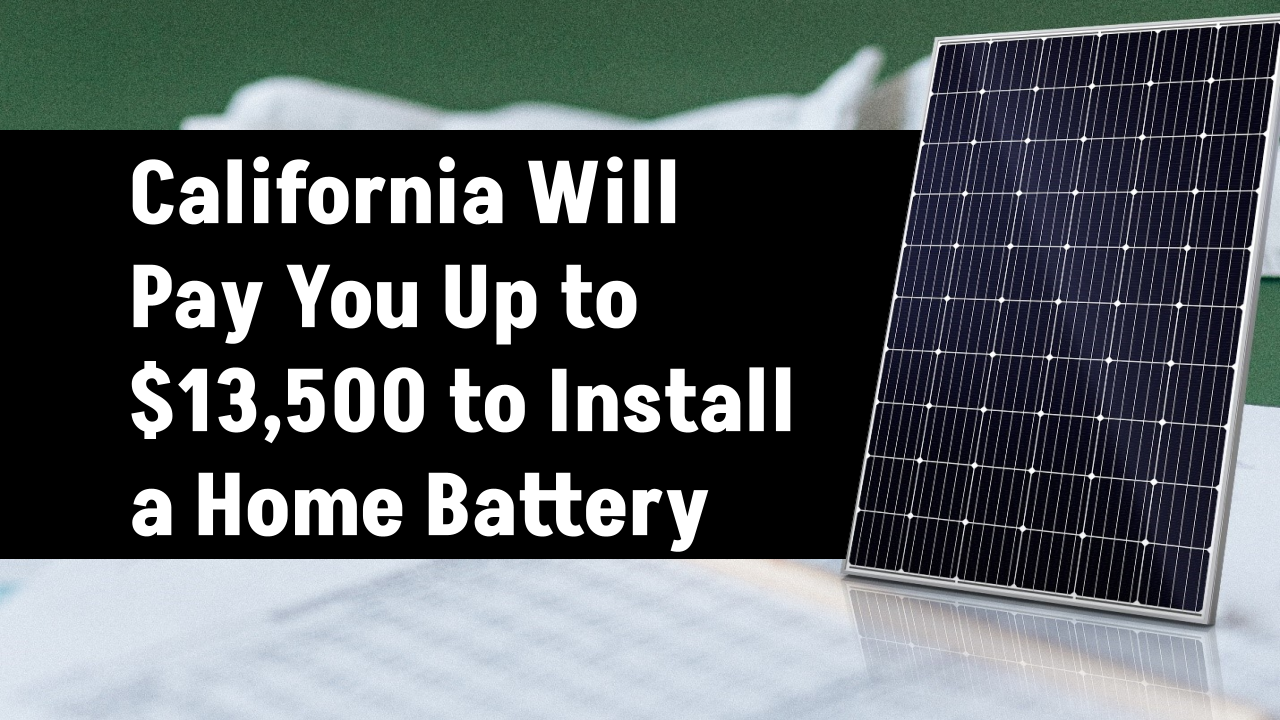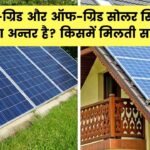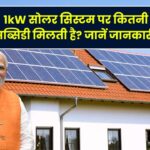
In a world where the demand for food and energy continues to rise, agrivoltaics—the practice of combining agriculture with solar energy production—offers a game-changing solution. This innovative approach allows us to generate clean electricity while growing crops on the same piece of land, making better use of our limited resources.
Whether you’re a farmer, policymaker, environmentalist, or just someone curious about sustainable living, understanding agrivoltaics can help you see how we can address climate change, food insecurity, and land scarcity—all at once.
Also Check: Canadian Solar Stock Dips 14% in One Week as 3-Year Earnings and Returns Continue to Decline | NASDAQ: CSIQ
What Is Agrivoltaics?
Agrivoltaics, also known as agri-photovoltaics or dual-use solar, refers to the practice of installing solar panels above or between rows of crops. This method lets us do two things at once:
- Produce solar electricity
- Grow food crops or graze animals
The result is a win-win scenario where land productivity is doubled, farmers can earn extra income, and communities benefit from clean energy.
Why Agrivoltaics Matters Today
With climate change threatening food production and energy demand rising every year, agrivoltaics offers a sustainable, practical solution. According to the U.S. Department of Energy, the land required for solar energy in 2035 could equal the size of the state of Massachusetts. Agrivoltaics helps reduce this pressure by stacking solar energy and farming on the same land.
Real-World Example:
In Colorado, Jack’s Solar Garden has become a national model. It produces electricity for about 300 homes while supporting crops like carrots, tomatoes, and leafy greens under the solar arrays.
Benefits of Agrivoltaics
1. Improved Land-Use Efficiency
Agrivoltaics allows for dual land use, which is particularly important in regions with limited arable land.
2. Higher Crop Yields
Some crops, like lettuce and spinach, thrive in the partially shaded environment created by solar panels, experiencing less heat stress and slower evaporation.
3. Water Conservation
Less direct sunlight means less water evaporation, helping reduce irrigation needs by up to 20%, according to research from the University of Arizona (source).
4. Increased Farmer Income
Farmers can generate additional revenue by leasing land to solar developers or selling solar electricity to the grid.
5. Climate Resilience
Agrivoltaic systems can act as a buffer against extreme weather, providing microclimate stability for crops.
6. Reduced Carbon Footprint
By producing renewable energy locally, agrivoltaics can significantly cut greenhouse gas emissions, contributing to carbon-neutral farming goals.
7. Biodiversity Enhancement
The shade and moisture retention from solar panels can help create microhabitats that support pollinators, insects, and even small wildlife, promoting ecological diversity.
Step-by-Step Guide to Implementing Agrivoltaics
Step 1: Evaluate Land Suitability
- Is your land flat or gently sloped?
- Does it receive ample sunlight?
- Are you growing crops that can tolerate partial shade?
Step 2: Partner With Experts
You’ll need input from:
- Agronomists – to help select compatible crops
- Solar engineers – to design the right system
- Policy experts – to ensure legal compliance
Step 3: Choose the Right Solar Design
There are three main types:
- Fixed-tilt elevated panels
- Tracking systems that follow the sun
- Vertical bifacial panels that catch sunlight on both sides
Each has pros and cons based on your goals, budget, and geography.
Step 4: Apply for Incentives
Many countries offer subsidies or tax credits for solar installations. For example, the U.S. offers a 30% federal tax credit under the Inflation Reduction Act.
Step 5: Monitor and Optimize
Use smart sensors to:
- Track solar energy production
- Monitor crop health
- Adjust irrigation and shading for optimal results
Step 6: Engage the Community
Successful agrivoltaics projects often involve community-supported agriculture (CSA) models or educational tours, helping raise awareness and support.
Also Check: Energy Firm Launches Ambitious Share Offer to Raise £350,000 – Investment Opportunity Ahead?
Challenges and Considerations
1. High Upfront Costs
Installing elevated or tracking solar panels is more expensive than traditional setups.
2. Infrastructure Complexity
Panels must be placed high enough for farm machinery or spaced appropriately for hand-picking.
3. Policy and Regulation Barriers
In some areas, land zoned for agriculture may not permit solar development. You’ll need to check with local authorities.
4. Maintenance Overhead
Panels and equipment must be regularly cleaned and serviced, especially in dusty or wet farming environments.
5. Technological Compatibility
Ensuring seamless integration between agri and solar tech requires specialized systems and training.
Global Adoption and Future Outlook
United States
Over 500 agrivoltaic projects are active, contributing approximately 9 GW of capacity (source).
🇮🇳 India
With over 3,200 GWp potential, India is actively deploying agrivoltaics in Punjab, Haryana, and Rajasthan. Recent policy reforms and pilot projects are paving the way for large-scale adoption.
🇩🇪 Germany & 🇫🇷 France
European nations are investing heavily in R&D and incentivizing farmers to join the green energy revolution.
Future Technologies
- Smart panels that adjust angle automatically
- Robotics for precision farming under panels
- AI-driven monitoring systems
- Floating agrivoltaics for wetland farming and fishery integration
Career Opportunities in Agrivoltaics
As this field grows, so does the demand for skilled professionals:
- Solar engineers
- Agricultural consultants
- Sustainability analysts
- Policy advisors
- Environmental economists
- Community engagement specialists
Courses are emerging at institutions like MIT and University of Freiburg focused on agro-energy systems.
(FAQs)
1. What crops work best under solar panels?
Crops like leafy greens, herbs, tomatoes, and root vegetables do well in partially shaded environments.
2. Can I install agrivoltaics on a small farm?
Yes! Small farms can benefit significantly, especially if local policies support microgrid or community solar projects.
3. Is agrivoltaics more expensive than regular solar?
Initially, yes. But the long-term dual income and sustainability benefits often outweigh the higher setup costs.
4. Will animals damage the solar panels?
Not if systems are designed properly. Panels can be elevated or protected by fencing.
Also Check: First Solar (NASDAQ: FSLR) Share Price Target 2025, 2030, 2035, 2040, 2045 and 2050








